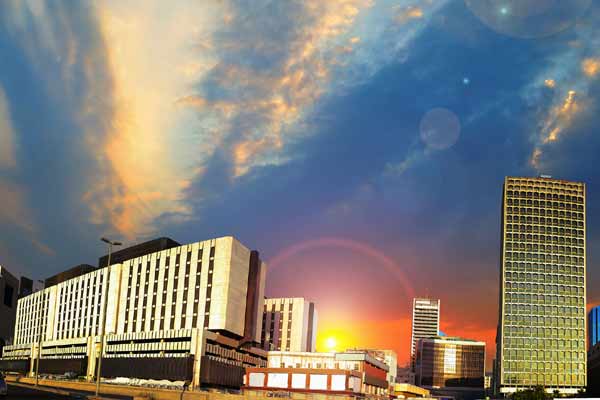
Saudi consumption improves says report
RIYADH, May 2, 2017
Saudi Arabia has reported improving economic indicators with the point of sale (POS) transactions rising 6.2 per cent year-on-year in March 2017, versus an increase of 5.1 per cent y-o-y in February, said a report.
This indicated improvement in consumption in the kingdom, said the Al Rajhi Capital report.
Meanwhile, loan-to-deposit ratio slipped to 87.4 per cent in March 2017 from 88.1pc in the previous month as deposits rose on a sequential basis after declining over the previous three months. Government deposits increased 5.5pc (to 19.7pc of total deposits), indicating that the government might have injected some money into the economy, said the report.
The banking sector’s statutory deposits with Sama (reserves) is at SR94.9 billion, more than the required SR88.3 billion, indicating the healthy liquidity in the system. Other liquidity ratios, such as the liquid assets to short-term liabilities and liquid assets to total assets stood at the highest level in eight quarters by the end of Q4 2016, it said.
Saudi Arabia’s debt stands at ~13 per cent of 2017 GDP post the latest round of fund raising by the government.
Saudi Arabia’s foreign assets stand at a comfortable ~72 per cent of 2017 GDP, higher compared to other commodity dependent countries like Brazil and
Russia at ~17 per cent and ~25 per cent, respectively.
Government deposit of SR794.5 billion stands at ~400 per cent of the 2017 deficit of SR198 billion.
The kingdom raised $9bn via its debut Islamic bond sale, as against $8 billion planned initially, wherein the issue received $33 billion of orders. It sold $4.5 billion of five-year Sukuk for 100 bps above the mid swap rate and $4.5 billion of 10-year sukuk with a 140 bps premium. The kingdom is likely to continue raising international or domestic debt this year, the report said.
The Council of Economic Affairs and Development recently announced that it has identified 10 programmes of strategic importance to achieve the Vision 2030.
Over the next four months, the specialised committees will work on implementing the plans for these 10 programmes, which include housing, serving pilgrims, improving lifestyle, developing the financial sector, privatisation, etc.
Cost of living index remained in the deflation territory in March for the third straight month (-0.4% y-o-y) compared to -0.1% y-o-y in February, dragged down by the continued fall in food and beverages prices.
Banking sector’s monthly profits declined sharply by 14.9 per cent y-o-y in March 2017, as against the fall of 8.4pc y-o-y in February 2017.
Real estate prices slipped by 9.8 per cent y-o-y in Q1 2017, as against a yearly drop of 8.7pc in Q4 2016, according to the new real estate price index released
by Gastat.
IMF has revised the kingdom’s GDP growth forecast for 2018 to +1.3 per cent y-o-y from +2.3 per cent y-o-y estimated previously, owing to the impact of oil output cut. However, the IMF has kept this year’s GDP growth forecast unchanged at +0.4pc y-o-y.
Banks’ claims on the private sector edged down by 0.1pc y-o-y in March 2017 (+0.3% y-o-y in February 2017), whereas the deposits remained broadly
stable in the same month.
Foreign reserve assets fell at a slower monthly pace of 1.1pc in March 2017, as against a drop of 1.9pc m-o-m in February 2017, to stand at SR1,907 billion (~$508.5bn).
Brent crude June futures dropped by 3.4 per cent m-o-m in April 2017, versus the monthly fall of 5.8pc in March 2017, dragged down by the concerns over rising US shale oil production.
The US Energy Information Administration (EIA) in its April 2017 report estimated Brent crude oil prices to average around $54/barrel in 2017 and $57/barrel in 2018. - TradeArabia News Service







